Hello, everyone! I’d love some help identifying a pine species near our school in Ohio. The trees are around 20 feet tall and approximately 20 years old.
• Needles in bundles of two, averaging 3.25-3.5 inches
• Cones are about 1.5 inches long and wide when open
• Bark is a bit scaly
Initially I thought pitch pine, but today I saw that that it’s a 2 needle pine. I’m thinking it might be a Virginia Pine (Pinus virginiana), but I’d appreciate any confirmation or other suggestions from the group!
Pros and cons for bonsai? They seem to have much smaller needles than a black pine.
• Needles in bundles of two, averaging 3.25-3.5 inches
• Cones are about 1.5 inches long and wide when open
• Bark is a bit scaly
Initially I thought pitch pine, but today I saw that that it’s a 2 needle pine. I’m thinking it might be a Virginia Pine (Pinus virginiana), but I’d appreciate any confirmation or other suggestions from the group!
Pros and cons for bonsai? They seem to have much smaller needles than a black pine.
Attachments
-
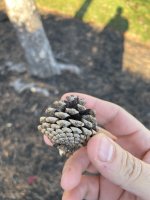 IMG_3607.jpeg222.5 KB · Views: 32
IMG_3607.jpeg222.5 KB · Views: 32 -
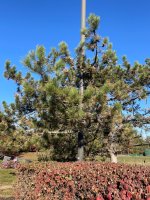 IMG_3601.jpeg594.3 KB · Views: 29
IMG_3601.jpeg594.3 KB · Views: 29 -
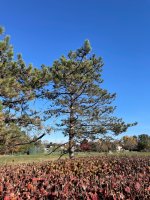 IMG_3602.jpeg500.3 KB · Views: 27
IMG_3602.jpeg500.3 KB · Views: 27 -
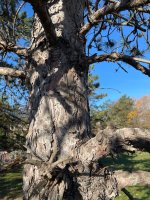 IMG_3605.jpeg529 KB · Views: 24
IMG_3605.jpeg529 KB · Views: 24 -
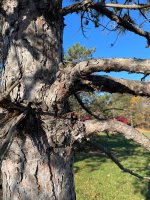 IMG_3606.jpeg509.2 KB · Views: 25
IMG_3606.jpeg509.2 KB · Views: 25 -
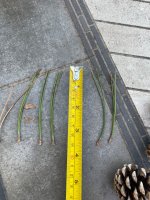 IMG_3616.jpeg470.5 KB · Views: 24
IMG_3616.jpeg470.5 KB · Views: 24 -
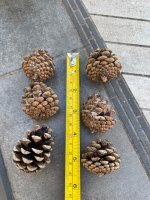 IMG_3615.jpeg464.6 KB · Views: 24
IMG_3615.jpeg464.6 KB · Views: 24 -
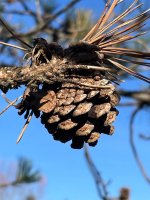 IMG_3613.jpeg305.4 KB · Views: 22
IMG_3613.jpeg305.4 KB · Views: 22 -
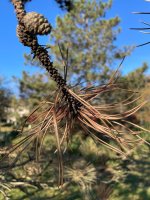 IMG_3609.jpeg322 KB · Views: 30
IMG_3609.jpeg322 KB · Views: 30
